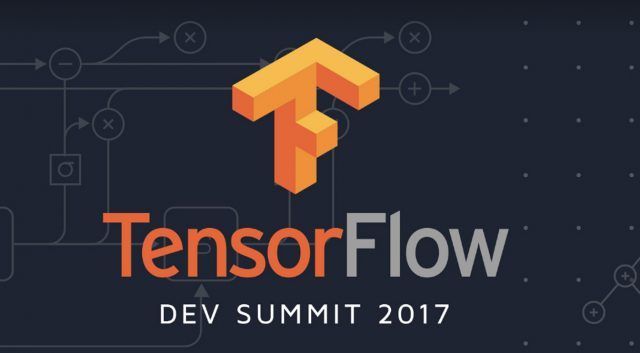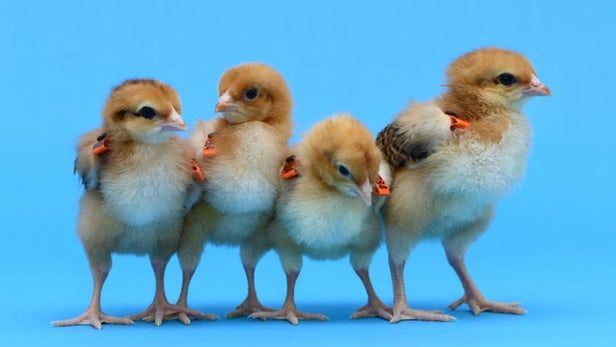Page 10450
Feb 21, 2017
Google gives everyone machine learning superpowers with TensorFlow 1.0
Posted by Shane Hinshaw in categories: information science, robotics/AI
It wasn’t that long ago that building and training neural networks was strictly for seasoned computer scientists and grad students. That began to change with the release of a number of open-source machine learning frameworks like Theano, Spark ML, Microsoft’s CNTK, and Google’s TensorFlow. Among them, TensorFlow stands out for its powerful, yet accessible, functionality, coupled with the stunning growth of its user base. With this week’s release of TensorFlow 1.0, Google has pushed the frontiers of machine learning further in a number of directions.
TensorFlow isn’t just for neural networks anymore
In an effort to make TensorFlow a more-general machine learning framework, Google has added both built-in Estimator functionality, and support for a number of more traditional machine learning algorithms including K-means, SVM (Support Vector Machines), and Random Forest. While there are certainly other frameworks like SparkML that support those tools, having a solution that can combine them with neural networks makes TensorFlow a great option for hybrid problems.
Continue reading “Google gives everyone machine learning superpowers with TensorFlow 1.0” »
Feb 21, 2017
A Device For The Deaf That Lets You “Listen” With Your Skin
Posted by Shane Hinshaw in category: futurism
Feb 21, 2017
Genetically-engineered hens produce birds of a different feather
Posted by Shane Hinshaw in categories: bioengineering, biotech/medical, genetics
Rare breeds of chickens could soon come from entirely different types of hens. The University of Edinburgh’s Roslin Institute with help from US biotechnology company Recombinetics used gene editing techniques to create surrogate hens that grow up to produce eggs with all the genetic information of different breeds.
We’ve seen gene editing and transfer techniques used to create better yeast, bigger trees and even glowing pigs, among numerous other examples, but this is believed to be the first gene-edited bird to come out of Europe.
The team used a gene editing tool called TALEN (for transcription activator-like effector nucleases), which is similar to the more widely publicized CRISPR/Cas9, to delete part of a chicken gene called DDX4 that is related to fertility. Hens with this modification did not produce eggs but were healthy in all other ways.
Continue reading “Genetically-engineered hens produce birds of a different feather” »
Feb 21, 2017
Jose Canseco says humans need to crush the robot uprising
Posted by Dan Kummer in categories: economics, robotics/AI
It’s all fun and games, until Jose Canseco becomes the leader of the anti robot/AI resistance.
Jose Canseco is all juiced up about robots and their existential threat to humanity.
The steroid-tainted former slugger took a few Twitter swings at the human race’s blatant disregard of the current droid danger that is bringing the world toward an economic catastrophe.
Continue reading “Jose Canseco says humans need to crush the robot uprising” »
Feb 21, 2017
This Lightweight Origami Shield Can Withstand Gunshots from a 9mm
Posted by Shane Hinshaw in category: weapons
In Brief
- A team of engineers at Brigham Young University have designed a bulletproof shield prototype that is inspired by origami.
- This new prototype is much lighter weight than previous models and could prove extremely useful in the field.
A new origami-inspired bulletproof shield prototype that can withstand shots fired from 9mm, .357 Magnum, and .44 Magnum pistols was created by a team of engineers from Brigham Young University (BYU).
Most bulletproof shields or barriers weigh almost 100 pounds, making them difficult to use and transport. A lightweight version would a useful alternative. Weighing only 55 pounds (25 kilograms), this new shield is made up of 12 layers of Kevlar with an aluminum core, and it is so light it can be folded.
Continue reading “This Lightweight Origami Shield Can Withstand Gunshots from a 9mm” »

We are the first to assemble a mobile 3D printer capable of printing buildings from the inside.
Feb 20, 2017
This dwarf planet has life’s building blocks, NASA probe shows
Posted by Dan Kummer in category: alien life
The dwarf planet Ceres keeps looking better and better as a possible home for alien life.
NASA’s Dawn spacecraft has spotted organic molecules — the carbon-containing building blocks of life as we know it — on Ceres for the first time, a study published today (Feb. 16) in the journal Science reports.
And these organics appear to be native, likely forming on Ceres rather than arriving via asteroid or comet strikes, study team members said.
Continue reading “This dwarf planet has life’s building blocks, NASA probe shows” »

Magnetohydrodynamics involves magnetic fields (magneto) and fluids (hydro) that conduct electricity and interact (dynamics). MHD technology is based on a fundamental law of electromagnetism: When a magnetic field and an electric current intersect in a liquid, their repulsive intersection propels the liquid in a direction perpendicular to both the field and the current.
















